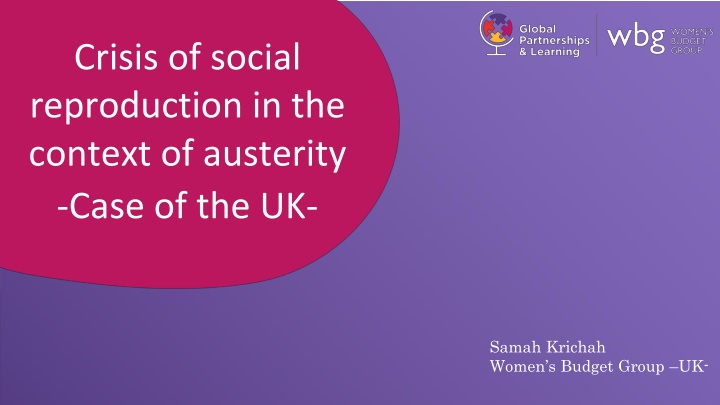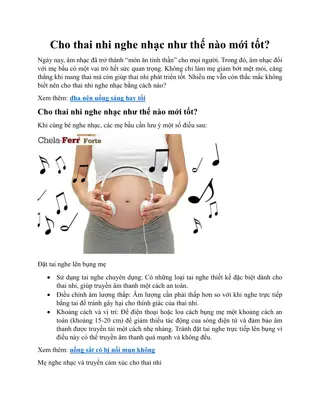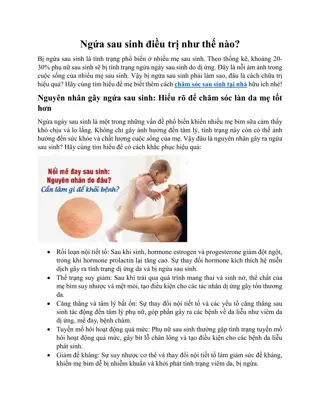
Addressing Crisis of Social Reproduction in the UK: Austerity Impact
Exploring the crisis of social reproduction in the UK amidst austerity measures since 2010, leading to increased burdens on individuals for care work and household support. The repercussions of these challenges are analyzed, highlighting the impact on different socioeconomic groups and proposing solutions to navigate this complex scenario.
Download Presentation

Please find below an Image/Link to download the presentation.
The content on the website is provided AS IS for your information and personal use only. It may not be sold, licensed, or shared on other websites without obtaining consent from the author. If you encounter any issues during the download, it is possible that the publisher has removed the file from their server.
You are allowed to download the files provided on this website for personal or commercial use, subject to the condition that they are used lawfully. All files are the property of their respective owners.
The content on the website is provided AS IS for your information and personal use only. It may not be sold, licensed, or shared on other websites without obtaining consent from the author.
E N D
Presentation Transcript
Crisis of social reproduction in the context of austerity -Case of the UK- Samah Krichah Women s Budget Group UK-
Context Social reproduction crisis in the UK since 2010 Another crisis of capitalism The UK is facing the worst decade for pay growth since Napoleonic wars In the United Kingdom, where our calculations suggest that 47% of total job growth between 2014 and 2024 is set to be in the sectors of social reproduction.As this data suggests, we are witnessing the rise of a caring economy.
Crisis substantial increase in the number of hours in the waged workplace necessary to provide for oneself, sustain a household, and provide ongoing financial support to others. Simultaneously, a radical stripping back of state provision for social reproduction, leaving reproductive labour without government support at the same time as the unwaged workers who traditionally performed it are being forced into the workplace. The result is a crisis of care, affecting public and personal reproductive labour. Unability to support oneself and other dependent within the household ( depletion of financial, emotional, mental, and/or temporal resources) and unability to depend upon the state to adequately provide for them due to austerity policies and cuts to social security.
Response Those who can afford it: domestic tasks being bought directly as goods and services or indirectly through privatised reproductive labour. Social reproduction increasingly delegated to a hyper-exploited class of cleaners, nannies, and other care workers (often women involved in global chains of care). People with lower income: work more and longer to provide those services themselves. In the absence of adequate public provision, social reproduction is falling to the privatized or personal spheres in a manner that is profoundly marked by income inequality with effects differentially distributed by race, gender, and class. Poor, racialised women (as usual) are bearing the brunt of these changes.
Results Rolling back of provision for public forms of reproductive labour increased need for support due to more people to work longer hours in order to survive increased personal costs for this support due to outsourcing of social reproduction to the market rather than the state. Reproductive labour supply: insecure, given high turnover in the field as w result of care workers in the privatised sphere facing abominable pay, job insecurity, poor conditions, and often complex personal caring responsibilities of their own. Care work is work and it plays a crucial role within the complex and systemic challenges of our contemporary moment.
Solutions Nancy Fraser three ideal type models: - - - The universal breadwinner Caregiver parity model The universal caregiver model
The universal Breadwinner everyone sustaining themselves through paid work Pushing carework entirely to the market-mediated sphere Tools: generous parental leave policies, publicly-funded childcare, and/or tax credits to enable families to offset the often expensive costs of private childcare Risks: strict limits on equal participation in the labour market the US has since 2000, with a lack of paid parental leave leading to female labour participation stagnating. Careworkers be paid properly in order to ensure that the work pays enough to provide a living. As it stands, too often careworkers are left in poverty and face long working hours in a desperate effort to make ends meet. Overall, the universal breadwinner model may reduce poverty, but only by forcing everyone to work longer hours and by idealising the male world of waged work as the only respectable option. - - -
Caregiver parity model Unwaged and informal care work to be valorised and supported including through caregiver allowance, part-time and flexible work Pushing carework into the private sphere with support from the government Risks: - Confining women to the home
Universal caregiver model Make men take on more care work leading to more equally distributed carework burden and the gendered hierarchies of the economy would be weakened. In this world, what have been seen as the characteristic rhythms of women s lives transitioning between paid and unpaid work would become the norm that guides policy. As such, governments would seek to implement policies that enabled easy transitions between the two e.g. eliminating workplace penalties for part-time and flexible work, while governments could also provide support for a public system of childcare or community-based systems of care where everyone would be expected to pitch in. This model has the virtue of significantly reducing the gendered nature of the current division of labour, while also promising to reduce some of the overall workload. Risks: - Non-sufficient
Who bears the brunt? An intersectional analysis of social security cuts in the UK since 2010 Cuts and changes made to benefits from 2010resulted in reduced payments and increases in women's, children's, and in-work poverty. The introduction of Universal Credit, the benefit cap,the two-child limit, the bedroom tax , the benefits freeze and other changes have exacerbated inequalities of gender, race, class and disability. The benefits freeze(2016-2020) meant that many working-age benefits were not increased in line with inflation, pushing families. with children in particular into poverty10.Recentincreases have not made up for what was lost.
Implications on women by income decile Women lose on average 1,790 per year as a result of the changes in benefits (7% of their baseline income). Men lose 1,023 (3% of baseline income). The average results include people who receive benefits and those who don t. This means that people who do not receive any benefits will not be affected by these changes, while those who do are likely to experience above-average cuts. Men and women in the poorest decile face substantial reductions, women lose out the most. Women in the poorest decile, on average experience a cut of 3,348 per year (over a quarter of their baseline income). Men in the same decile lose out 2,442 (22% BI). Women rely more on social security to supplement their income, therefore they are more affected by the cuts.
Implications on black and ethinc minority women The impact of social security cuts on Black and minority ethnic women is especially stark. Women experience more significant losses than men in every ethnic group, whith those in the White ethnic group losing the least. The most affected women are Black ethnic groups (Black African, Black Carribbean and Black British), who lose an average of 2,498 per year (10% of their BI). This trend contrasts with the impact on White men, who lose 990 per year on average (3% BI). Women in Asian ethnic groups, including those who identify as Asian British, lose slightly less at 2,212 per year. Overall, women lose more in every ethnic group.
Disabled women and disability benefits Disabled people have unique needs for social security and have been disproportionately affected by austerity. The increased requirements to receive benefits and the overall cuts to benefit schemes have reduced the income of disabled people more than those without disabilities. Women have been disproportionately affected by the cuts to disability benefits. Disabled women lose on average 2,553 per year (11% of BI) compared to 1,952 for disabled men. The cuts are also greater on disabled women and men than non-disabled women and men. Disabled people and their families have additional needs for social security as income replacement and protection from poverty. Cuts to benefits have particularly negative impacts. Families where someone is disabled have a higher poverty rate than families where no one is disabled, 24.34% and 19.67% respectively. Women lose both as claimants and as carers 25.59% of unpaid carers are women(60% among those caring for more than 50 hours per week). Almost 73% of people who receive Carer s Allowance are women.
Household type The most severe impact of social security cuts and changes is on lone parent households compared to all other types of households . Lone parent households experience a staggering increase of 6,992 in benefits per year, nearly a fifth of their BI and three times more than couples with children. 88% of households with a lone parent and dependant children are lone mother households. This may be the reason why black women have been hit partiucularly hard by social security cuts. Black Caribbean households have the highest percentage of lone parents, 51%, compared to some of the other ethnic groups.
Recommendations Increase the real value of benefits Abolish the benfit cap and the two-child limit Increase child benefit Restore the link between local housing allowance and actual rental prices and raise local housing allowance to the 50th percentile to ensure te most vulnerable are protected. In the long term, a better social security system should take a life-course approach, be robustly assessed through Equality Impact Assessments, based on individual aentitlements as far as possible, not means-tested, uprated in line with inflation and encourage the sharing of care.






















